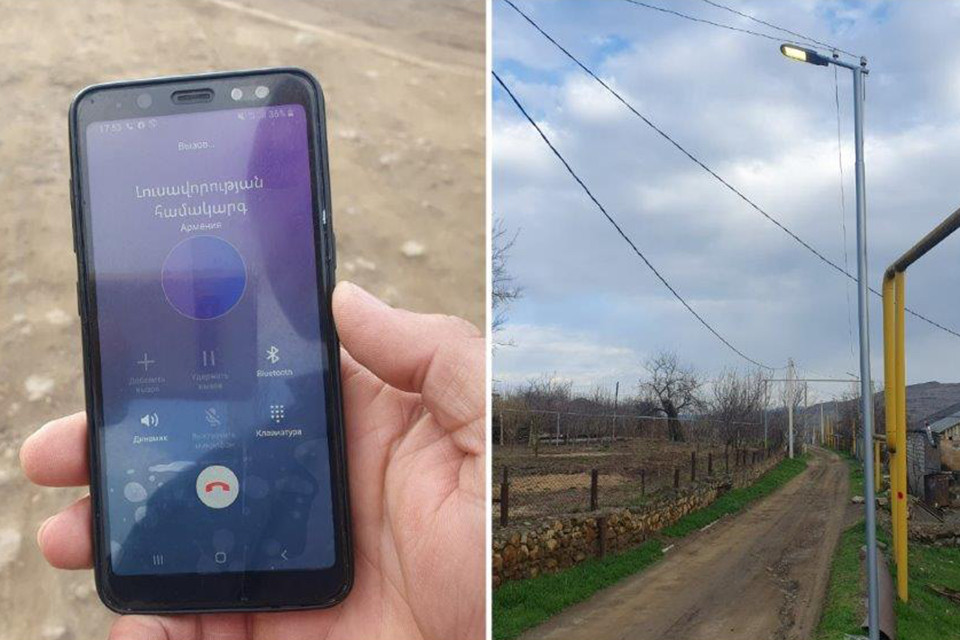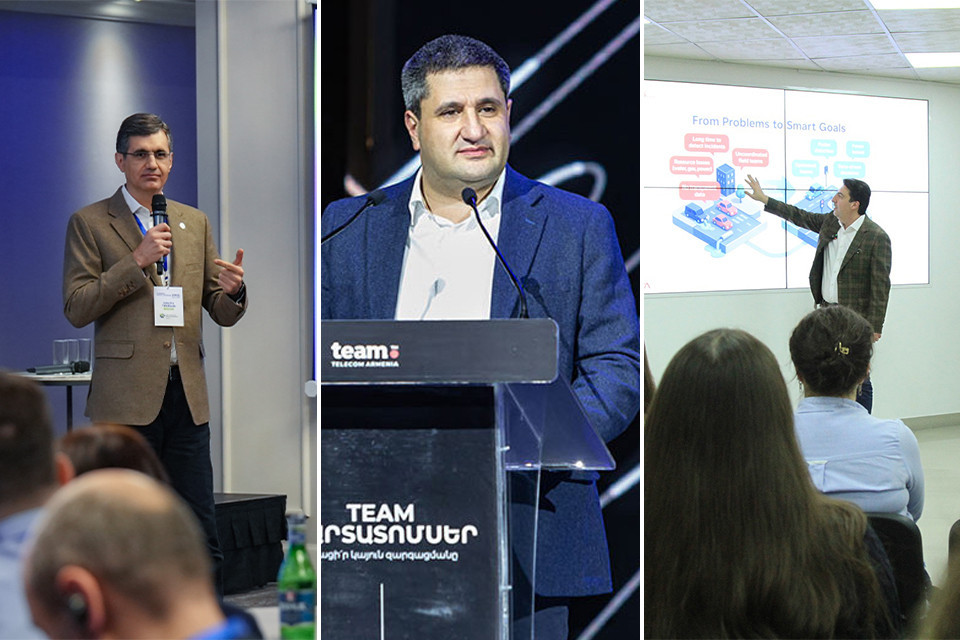11:42 | 18.04.24 | News | 19239
A system utilizing modern technologies has been launched in the border village of Koti
For the past five years since 2019, Viva-MTS and the Foundation for the Preservation of Wildlife and Cultural Assets have been consistently working on the development of infrastructures using new technologies and establishing a network of eco-villages in the border village of Koti.
Their efforts have had a profound impact on the village, especially considering its 38-km borderline. In addition to ensuring safety and a calmer state of mind, the residents of Koti also value the growing number of well-lit streets. Modern LED lights provide high brightness while consuming low energy, leading to significant resource savings for the community. The system works automatically and can adjust to natural light. The management system was updated last year: old panels were replaced with new ones, allowing remote control for turning lights on or off and setting new modes via a phone call when needed.
“In Koti, even the furthest streets are significant as they are closer to the border, reaching up to 1200 meters in a straight line. Thus, enhancing the illumination system is important not only for security but also psychologically. When ill-wishers see well-lit roads, they understand that people live and work there. The system operates automatically but modern technologies offer even greater advantages: the system can be remotely activated or deactivated with just a phone call or set to a new operating mode,” noted Andranik Hakhverdyan, the administrative head of Koti.
Last year, 5 streets were illuminated in Koti, with 2 of them being especially important due to their proximity to the border. They are just about one kilometer away from the border in a straight line. Within the scope of this program, 59 LED lights were installed, brightening up 2300 meters of road. Over the past 5 years, a total of 207 LED lights have been installed, illuminating an area of about 8 km in Koti. To enhance the project’s efficiency, the community also contributed by providing external lighting pillars and digging holes for their installation.
The support from Viva-MTS and the Foundation for the Preservation of Wildlife and Cultural Assets is crucial for residents in remote regions for several reasons. The introduction of modern management systems and the establishment of an eco-village network allow to ensure long-term outcomes, to bridge the development gap between the capital and the regions, and to reduce emigration. Additionally, the LED lights consume 80% less energy while providing brighter illumination.

17:29 | 24.09.25 | Articles
Jacopo Losso on Cross-Border Investments and Why Armenia Attracts Angels









